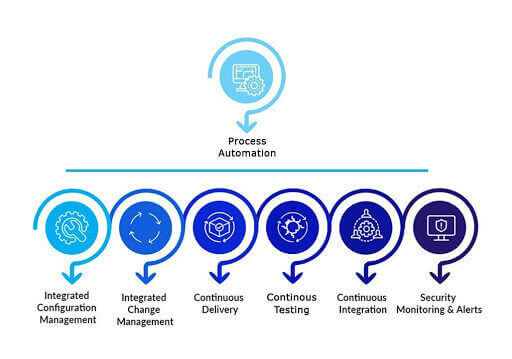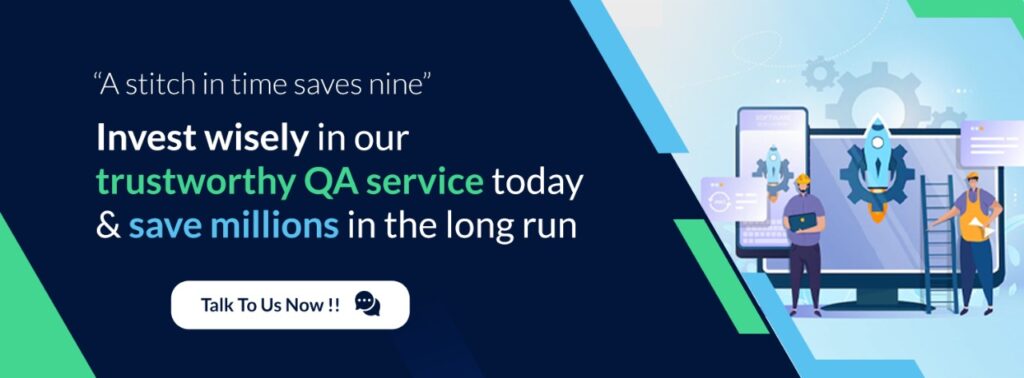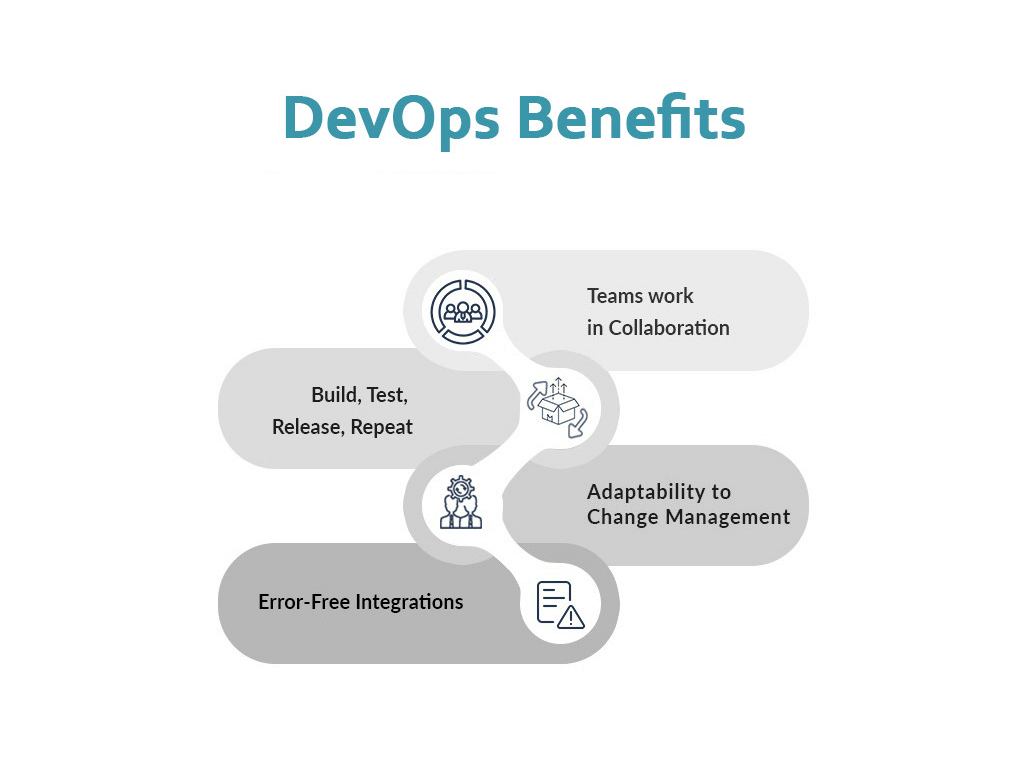
An extension to the preferred agile model, DevOps’ adoption has been growing faster than ever, gaining tremendous fame in the past few years. Keeping communication and integration as the key, it leverages on collaboration between operations, development and businesses, thus ensuring seamless and efficient deliveries.
The increasing number of organizations leveraging on DevOps to unleash the untapped potential and close barriers amidst their departments to build quicker and robust software and execute a seamless delivery, shows the potential DevOps has.

Data proves that organizations following DevOps have seen a business expansion by 38%, as well as a productivity increase by 51%. (source) However, despite understanding DevOps and its working modalities, many companies struggle to efficiently incorporate DevOps into their IT framework.
Perhaps because this is a mindset and cultural change to be adopted rather than as a checklist for mere actions.
The most critical and essential step for a successful DevOps implementation is the end-to-end process automation. From infrastructure set-up, to configurations, from development, to testing and deployment – automation at all stages to ensure more frequent yet quality deliverables are met.
For instance in the testing process, an early identification of errors in development gives more opportunities for issues to be rectified as compared to the actual development phase. Hence, taking into account the continuous issues in parallel with ongoing development, a nimble automated testing adds more fuel to software development. Test automation can simply be achieved by determining priority test cases, then running and analyzing their relevance in different scenarios, and achieving quicker, consistent, accurate better quality deliveries.
Process automation at each stage is imperative to achieve DevOps.
Listed below are some DevOps best practices in process automation that can certainly help.
As the essential part of operations, configuration management enables agility – the base to DevOps.
Optimizing the use of existing systems in place and maintaining system-wide configurations across networks, servers, application, storage, and other managed services, configuration management enables the development teams to look at the bigger picture.
It promotes utilization of the existing services during the software development rather than investing time and efforts in reinventing the new services from scratch.
With technology constantly evolving, it is essential for organizations to be agile with change management and yet deliver on time with optimal quality. Hence defining processes that are required to be followed to cater to these changes, and the methods and techniques for execution – all play an equally important role.
The DevOps principles to expedite faster releases, breaks down these changes into smaller sets and automates their management. Overall the organization needs to have an open mindset and defined processes for any such ‘changes’ and that can be done by defining scope of change, updating systems with the new scope and including all teams to relook at the impacts – hence communication and collaboration that are the base for DevOps.
To expedite releases, organizations have developers working on independent features parallelly which are later to be clubbed. With each one making changes to their own set of codes, without knowing the impact it may create to the other set of features, the ‘merge day’s as the integration days are called, are mostly full of errors, resulting in tedious and time intensive. Even when it comes to roll backs, CI is helpful. However a roll-back strategy needs to be thought through well as it differs from application to application.
Continuous Integration practices allow developers to carry out integrations sooner and frequently and with the help of CI tools, simplifying the integration challenges by automating code tests to ensure they aren’t broken and will integrate seamlessly. Hence continuous testing is important for both CI and CD. Thus ensuring development of high-quality software by providing regular and immediate feedback, and fixing them.

From a time-bound rigid development to an Agile approach that allowed flexibility of real-time change management – DevOps has enabled Continuous Testing ensuring critical bugs are captured early in the development process , mitigating risks beforehand. Automating tests at every possible stage is what Continuous Testing promotes and evaluates overall quality and the validity of the code to be sure if the final product can pass through the delivery pipeline. In a CI/CD/CT chain, we plug in the Continuous Testing component effortlessly for our customers.
Building, testing and releasing builds in shorter, frequent cycles enables organizations to cut down on manual work, minimize production failures and to increase delivery numbers.
An extension of continuous integration, continuous delivery (CD) promotes the DevOps practice where rigorous code tests and release tests automations are part of each stage from code mergers to the production-ready codes. Thus keeping deployable app production ready at all times.

Organizations are moving from treating ‘Security’ as an aftermath to having a proactive approach to this critical element in software development. Rather than keeping security as a checkpoint, it is part of the development process throughout. Read how skipping security testing can lead to severe issues.
Hence DevSecOps brings in security monitoring at each level, with shared accountability as to avoid delayed releases and failures.
Monitoring and incident alerting thus become the key to the DevOps pipeline. To prevent any damage, a centralized tool that can provide key metrics on infrastructure and code security is important to both have a secured application, and to cut down on manual monitoring. Tools like CQ Portal help manage testing more efficiently.
At Webomates, which recently achieved the AWS DevOps competency status, DevOps is an inherent practice that seamlessly fits in a DevOps chain by providing Continuous Testing to enhance the quality and feature velocity of teams. Our defined processes, methodologies and practices, ensure collaboration at each level following the best CI, CD and CT practices, enabling incorporation of any changes to be adopted securely. If you are interested in learning more about how we ensure DevOps best practices are followed at Webomates’ let’s talk! Reach out to us at info@webomates.com.
Tags: continuous testing, DevOps, Devsecops
Test Smarter, Not Harder: Get Your Free Trial Today!
Start Free Trial
Leave a Reply